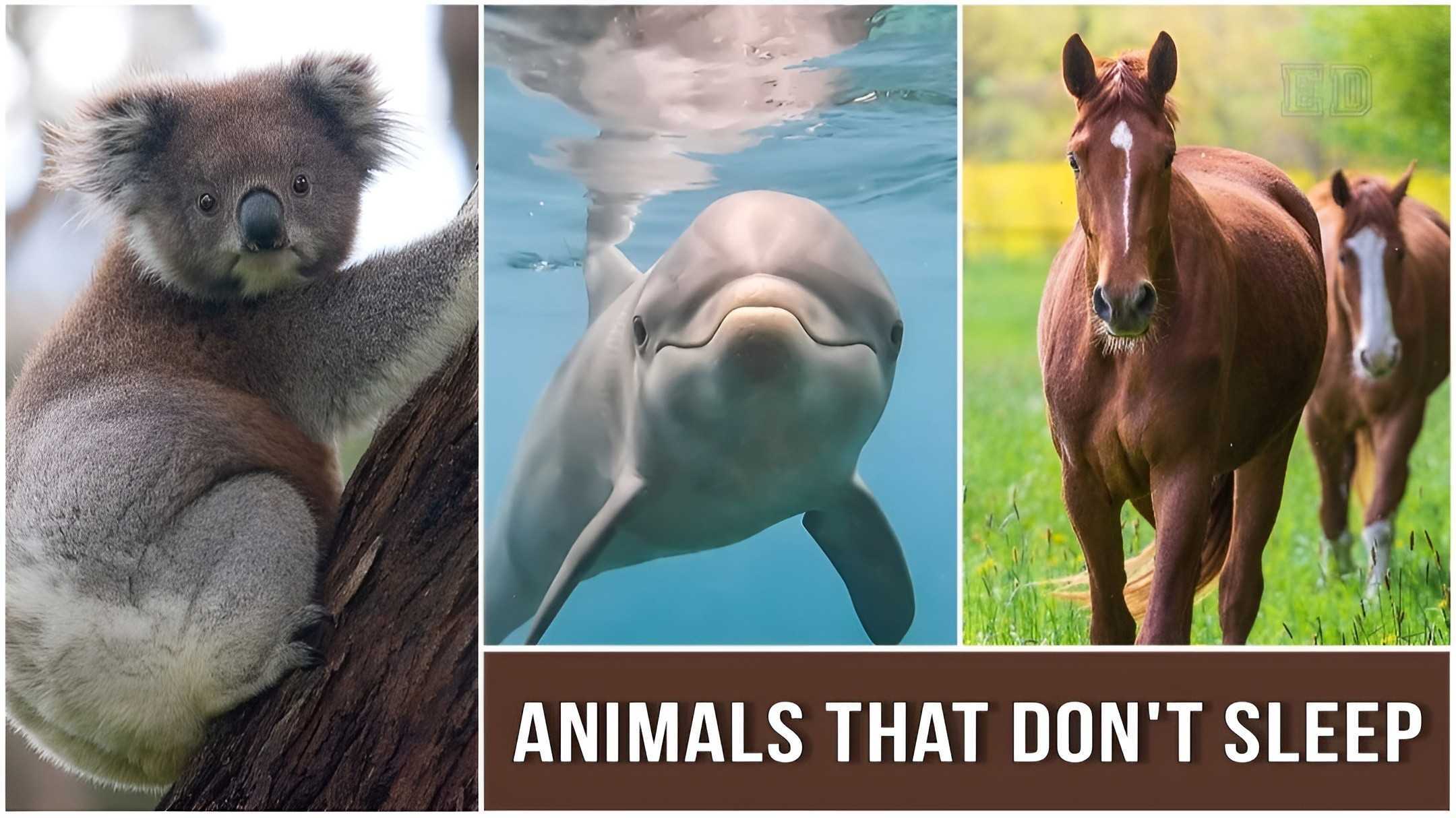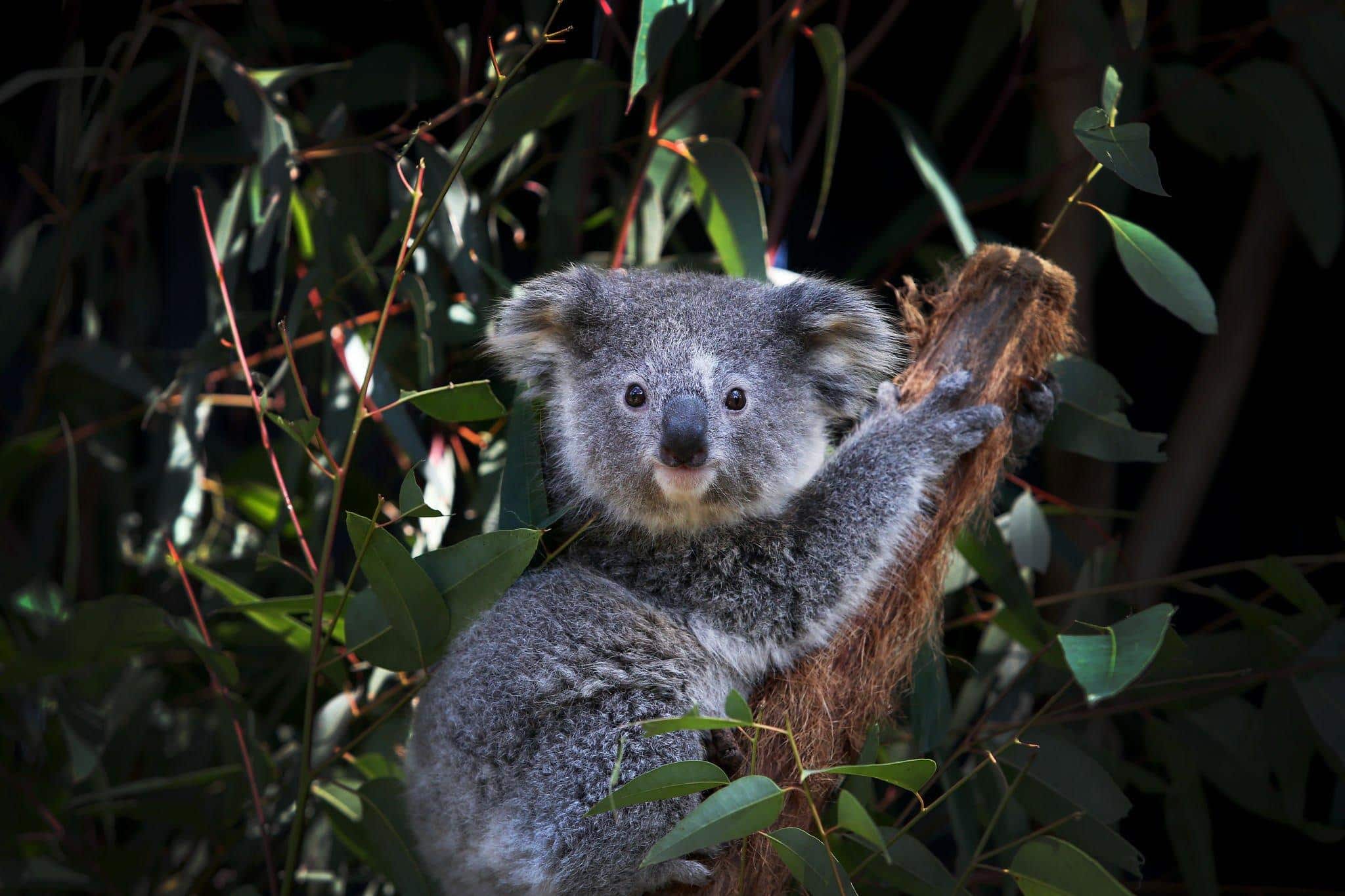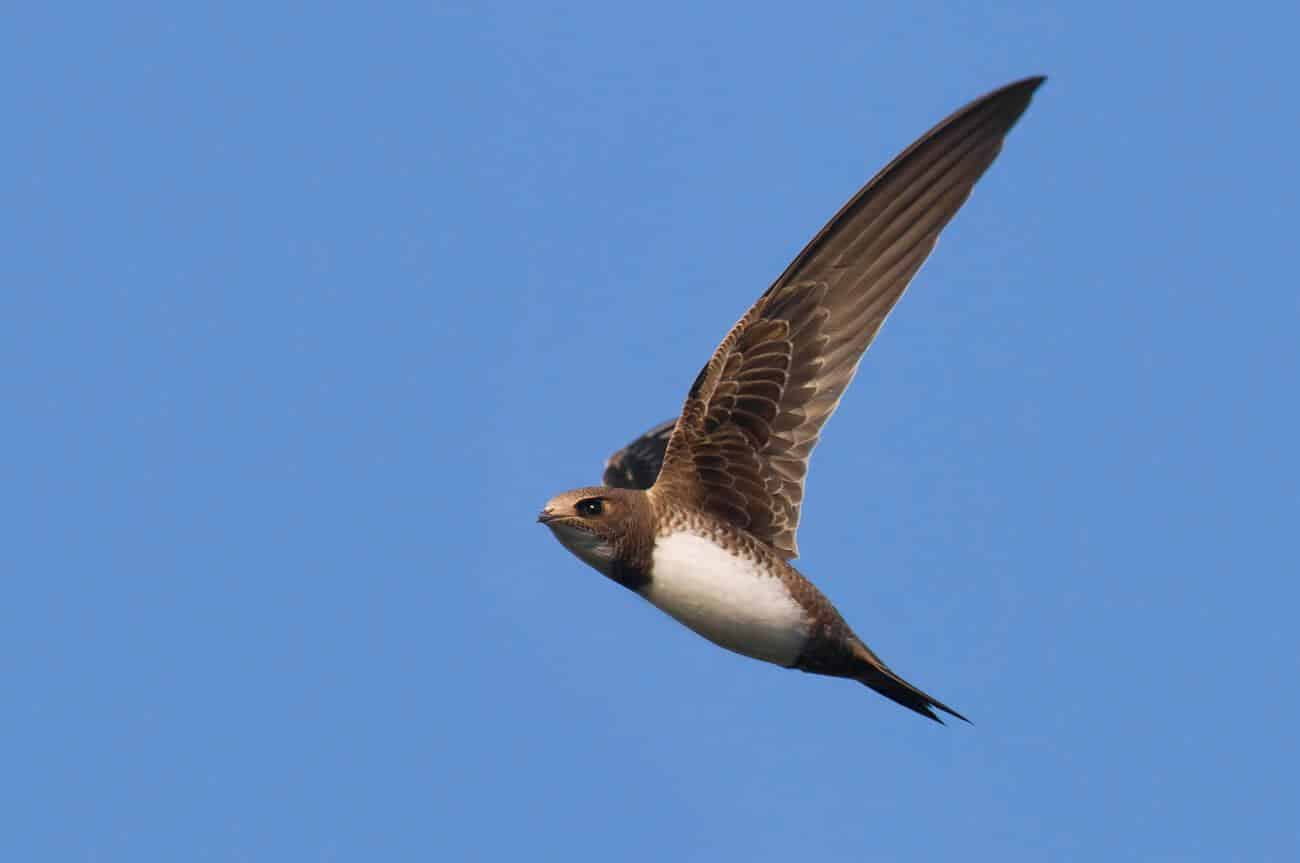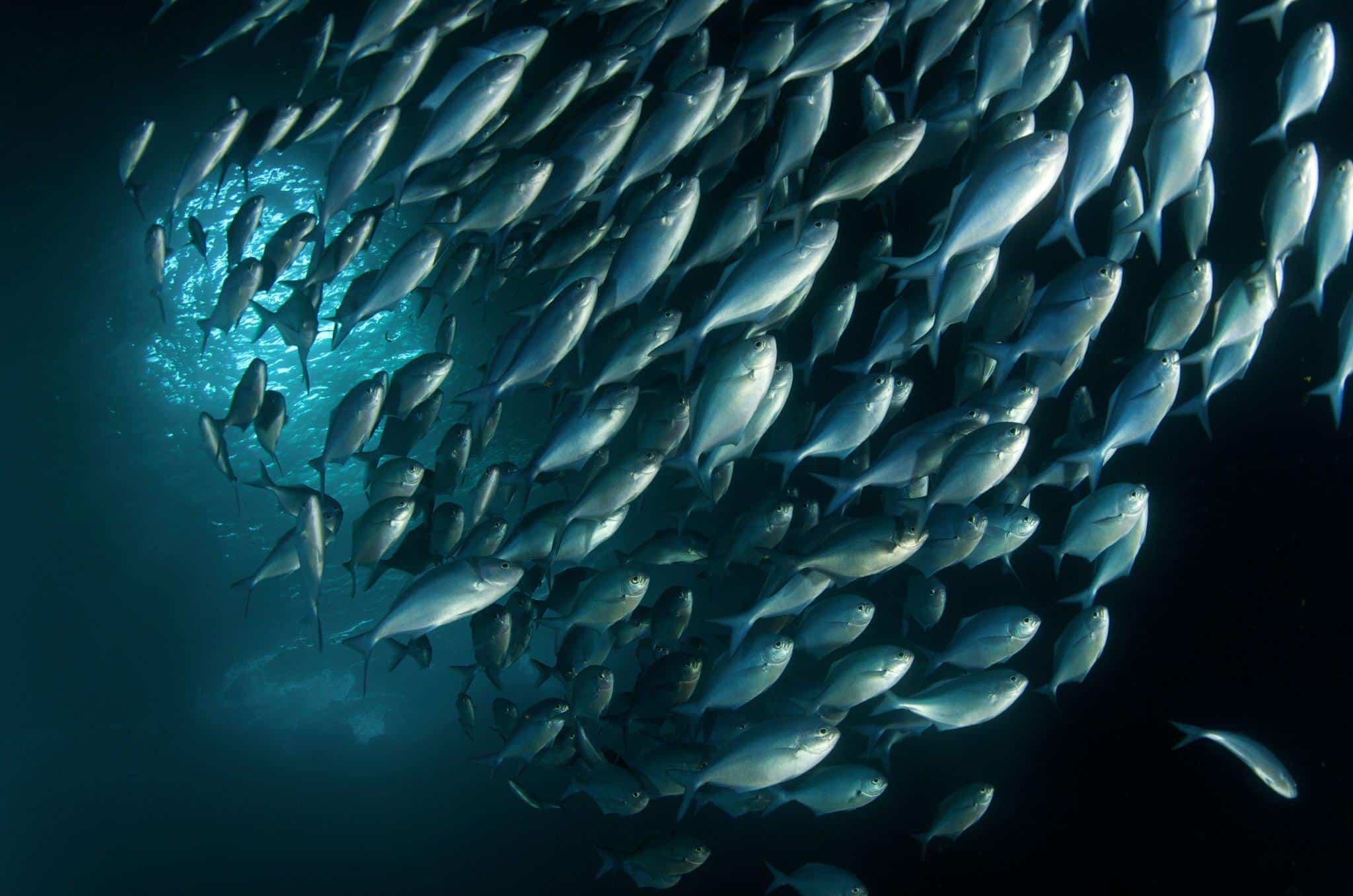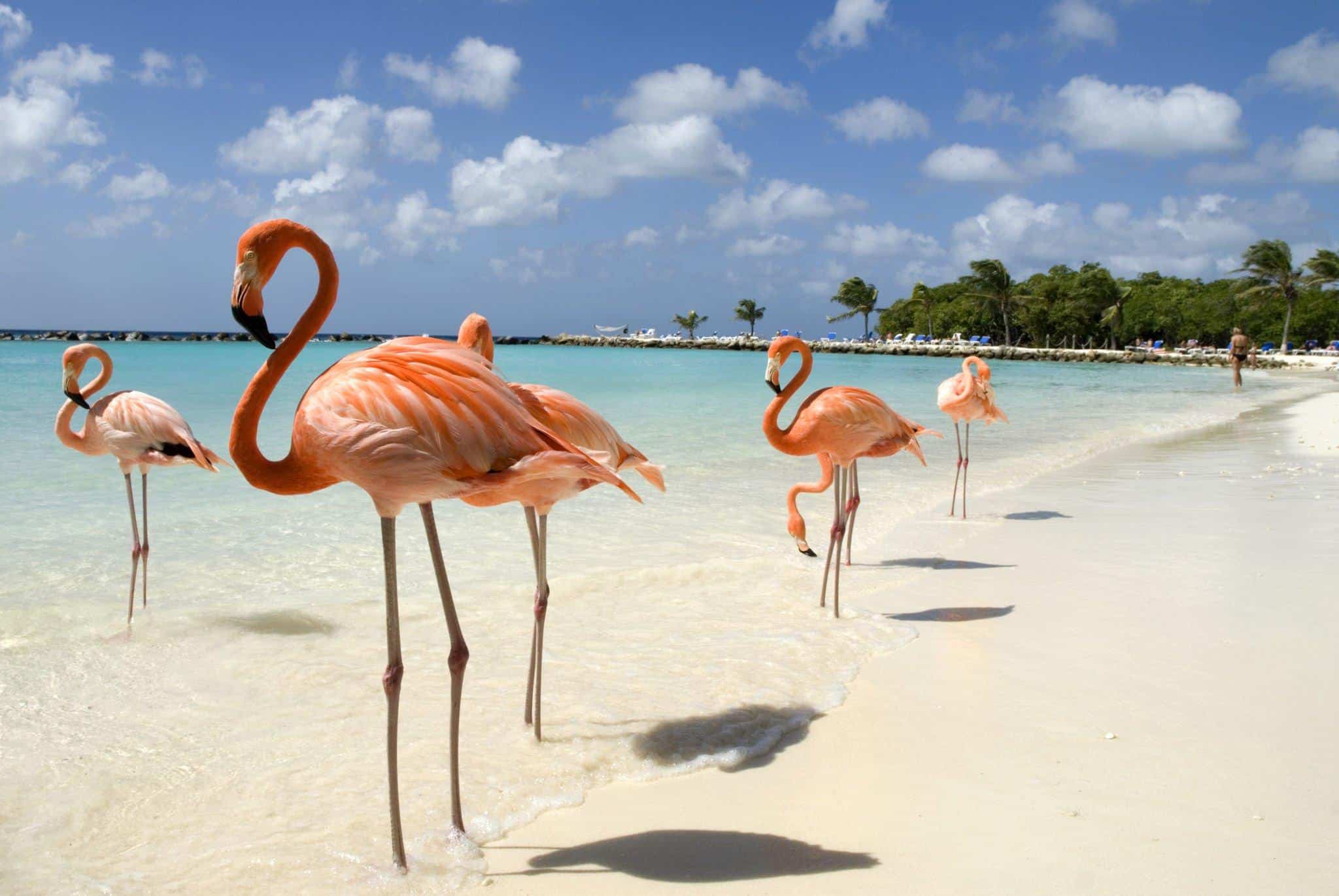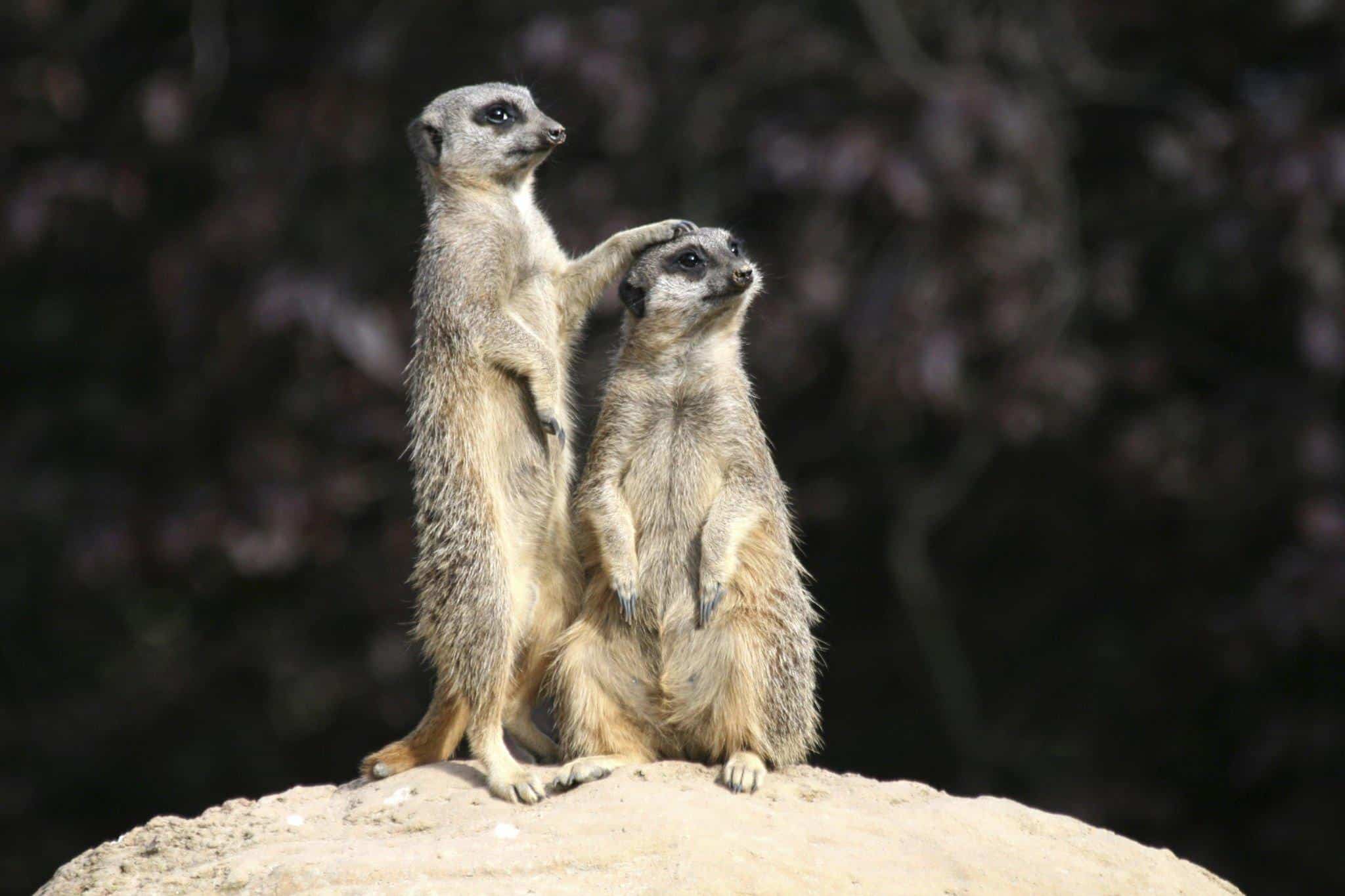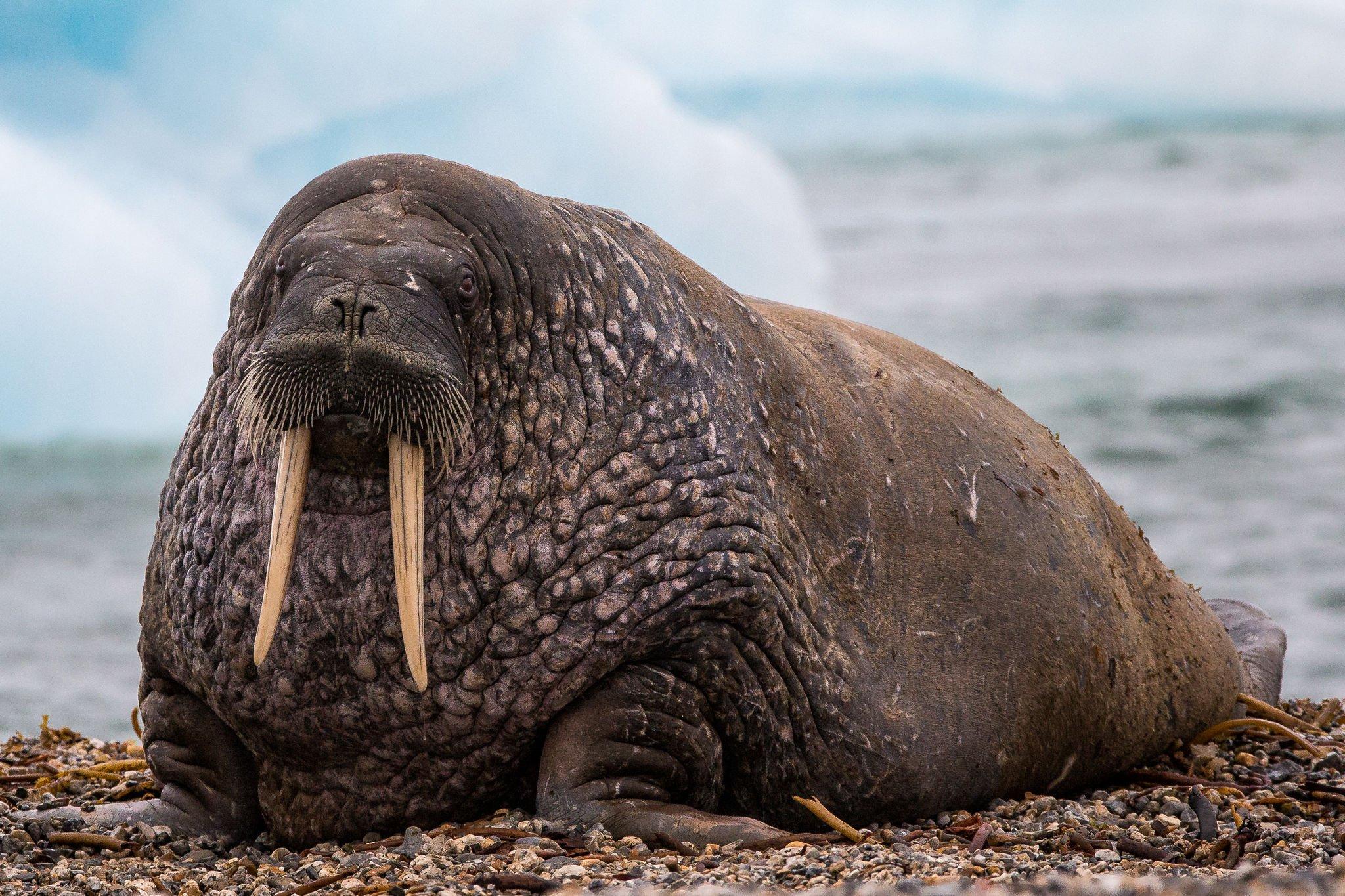Listen to the Podcast:
Welcome to exploring the mysterious world of “animals that don’t sleep”! While humans enjoy seven to nine hours of sleep each night, they try to fathom a life without the sweet relief of sleeping. From the great ocean depths to the endless blue skies, some organisms strangely do not share this fundamental biological activity with us. They’ve developed novel ways of existing without ever sleeping. Doesn’t that sound amazing?
Join us on an enthralling expedition as we delve into the world of these indefatigable creatures, exploring their fascinating adaptations and questioning our preconceived notions about the importance of slumber. The animal kingdom is a fascinating realm, filled with creatures that challenge our conventional notions of sleep. From the busy bees to the wandering bullfrogs, countless examples of animals seem to operate on a different sleep schedule than humans.
25 Animals That Don’t Sleep
How can we tell if an animal is sleeping or awake? There are several ways to figure that out.
For some species, we can look at brain activity or how the eyes move to find REM sleep. During REM (Rapid Eye Movement) sleep, we can tell how the animal is sleeping by looking at its eyes.
1. Dolphin
Dolphins don’t sleep for a month after they are born. They always keep at least one eye open and are always awake. They will also keep coming up for air every three to thirty seconds. Scientists have found that the women are also awake at this time.
Dolphins also do something called “uni-hemispheric sleeping,” meaning half of their brain is always awake. Then, they switch which side of their body is awake so that their whole brain can rest. This helps them stay safe while they sleep and keep an eye out for sharks and other dangerous animals. Dolphins can also swim while they sleep, which is another fun fact.
2. Koala Bears
Dolphins don’t sleep for a month after they are born. They always keep at least one eye open and are always awake. They will also keep coming up for air every three to thirty seconds. Scientists have found that the women are also awake at this time.
Dolphins also do something called “uni-hemispheric sleeping,” meaning half of their brain is always awake. Then, they switch which side of their body is awake so that their whole brain can rest. This helps them stay safe while they sleep and keep an eye out for sharks and other dangerous animals. Dolphins can also swim while they sleep, which is another fun fact.
Read More: Plastic-Free Ocean for Animal Wellbeing
3. Orca
Orcas, also known as killer whales, are another species where babies go for months without sleeping. Even when the adults are sleeping, young orcas can be seen swimming around.
One of the main reasons baby orcas, sometimes known as calves, must constantly move around is to keep their bodies warm. They can begin resting and sleeping after they acquire enough blubber to shield them.
4. Fruit Fly
Fruit fly sleep habits vary from fly to fly, according to scientists. Some flies sleep for 10 hours a day, while others do not sleep at all or subsist on only 4 minutes of sleep every day. In another experiment, scientists discovered that fruit flies deprived of sleep lived precisely as long as flies that slept “normally.”
Read Also: Growing Up Animals Children Sociable
5. Sharks
When you think of a shark, you probably see it rushing across the ocean. A shark faces the stream’s flow after slowing down to a crawl. This permits it to slumber while water continues to flow over its gills, providing oxygen. Sharks do not sleep deeply, although they rest their bodies during this period.
Sharks can relax faster than parrotfish, dolphins, and other water creatures. They have relatively few natural predators to consider as they catch some downtime.
6. Parrotfish
This colorful fish lives worldwide in the nooks and corners of coral reefs. Sharks and moray eels are among the animals that eat them. So, tell me, how do these fish rest? Before they sleep at night, they do something special to keep their enemies away.
This fish can wrap its body in a clear shroud made of mucus. Inside the net, the fish can still breathe. If a predator bites the cocoon, this fish can swim away, leaving the cocoon in the mouth of the predator. The web also hides the parrotfish’s smell.
7. Alpine Swift
Alpine swifts journey from Switzerland to West Africa when they migrate. During this trip, they can fly nonstop for 200 days, which is 6 months. During this time, these birds won’t even land or rest on the tops of trees.
Even when their wings aren’t working as much, the birds constantly move around in the air. Scientists don’t know if they have a unique way to rest or sleep while flying.
8. Horse
Horses aren’t like people because they don’t sleep on their backs. Horses can lock their legs together and sleep while standing for short times. When horses need to sleep for several hours, they get down on the ground and tuck their legs in front of them. It’s not often that you see a wild horse like a Mustang lying on its back. When a wild horse is lying down like this, it is easy for predators to get to it.
Horses that are kept as pets also sleep standing up. But they feel safer than wild horses and are more likely to lie down with their heads on the ground in an open field.
Also Read: Tips for Taking Care of Your Pet
9. Bullfrog
Even when they appear to be sleeping, bullfrogs remain aware and respond to stimuli as if they are awake. However, these frogs enter a condition of brumation each year, which some people regard as binge napping after not sleeping. They appear to “rest” for the rest of the months but never attain the inactivity or profound slumber of sleep.
This active resting time was identified in a 1967 study and is frequently cited as proof that bullfrogs do not require sleep. Scientists now challenge this and desire additional research to fully understand bullfrog resting periods and how they survive until brumation.
10. Bats
Bats should be included on any list of animals that do not sleep like humans. To sleep, bats hang upside down by their clawed feet. They may dangle from a tree branch, the cave ceiling, or a region beneath a home’s eaves. But, after falling asleep, do they ever tumble to the ground?
No, it does not. Particular tendons in the bats’ feet keep them from falling asleep. When a bat hangs from a limb, the tendons in its feet secure it. As a result, the bat can remain securely hung in the air for hours. When it awakens, its tendons untangle, and it takes flight.
Bats sleep in groups or colonies to protect themselves from predators. For warmth, they also sleep in a colony.
11. Bluefish
Bluefish, also called snapper or tailor, are a species that moves along the U.S. Atlantic coast with the seasons. During their travel times, most wild fish will stop sleeping. Also, even when bluefish look like sleeping, they continuously swim and react to their surroundings.
12. Sloths
Sloths like to sleep, which is not a secret. These animals sleep at least 15 hours a day, which puts them near the top of the list of animals that don’t sleep like you and me. They move very slowly when they aren’t sleeping. There are a few ways that these animals can sleep.
Some sloths sleep high up in a tree on a split branch. A branch that splits into two smaller ones is called a “fork.” The sloth’s back rests on the middle of a branch with two forks. This is how a sloth sleeps. It looks like it’s in a bed.
Some sloths sleep upside down from a branch of a tree. With the help of their long claws, they can hang safely from a branch.
13. Flamingos
This brightly colored bird can stand on one foot while awake, which we know. But when it’s time to sleep, what does it do?
Flamingos sleep standing on one leg! These birds bend their long necks to get their beaks into the feathers on their backs. Even though these birds look entirely asleep, they are not. This bird is sleeping, but half of its brain is still awake and aware of its surroundings. This is how a flamingo keeps enemies like pythons and vultures from being able to catch it entirely off guard.
Scientists haven’t concluded why the bird stands on one leg while it sleeps.
14. Ducks

15. Upside-Down Jellyfish
16. Meerkats
17. Rhopalocera (Butterflies)

18. Walrus
19. Badger
20. Tilapia

21. Bobcat

22. Cougar

23. Firefly
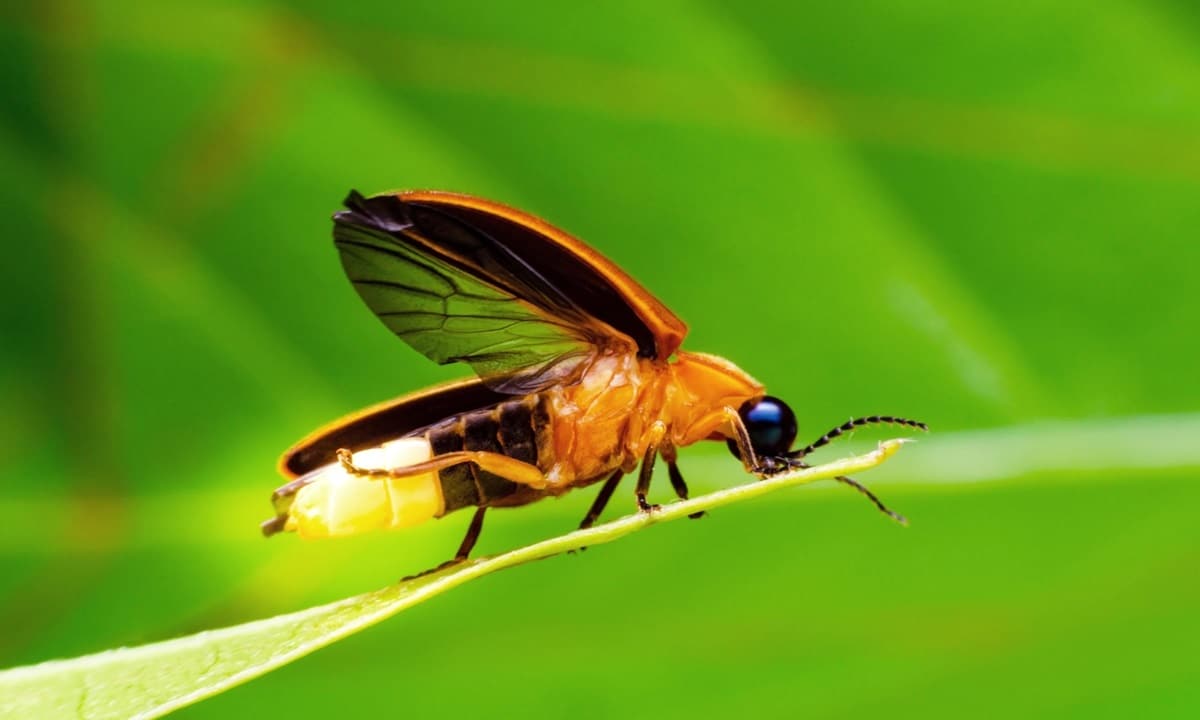
24. Jaguar

25. Leopard

Some Animal Can Stay Awake And Sleep (At the Same Time)
Final Words
Sleep has been linked to health problems like heart disease, cancer, diabetes, and weight gain. Marie de Manacéne was one of the first female doctors in Russia. She did the first experiment on animals to see what would happen if they didn’t get enough sleep. After a few days, the puppies died. More trials with sleep deprivation have shown the same fatal results, but the real reason why people die is still unknown.


